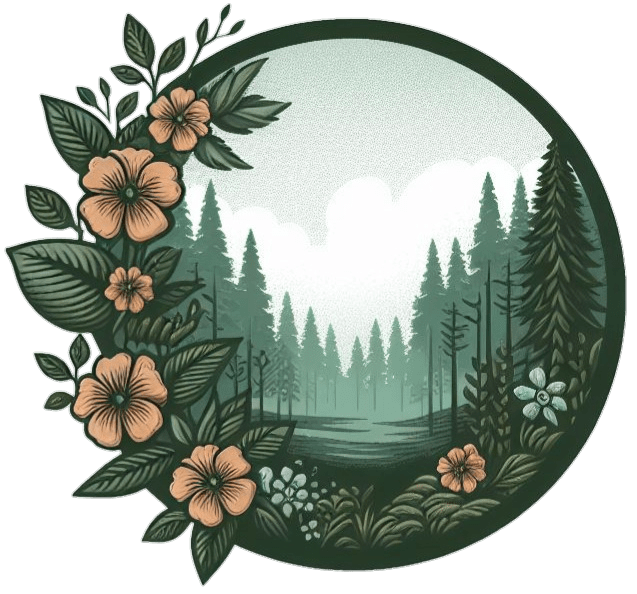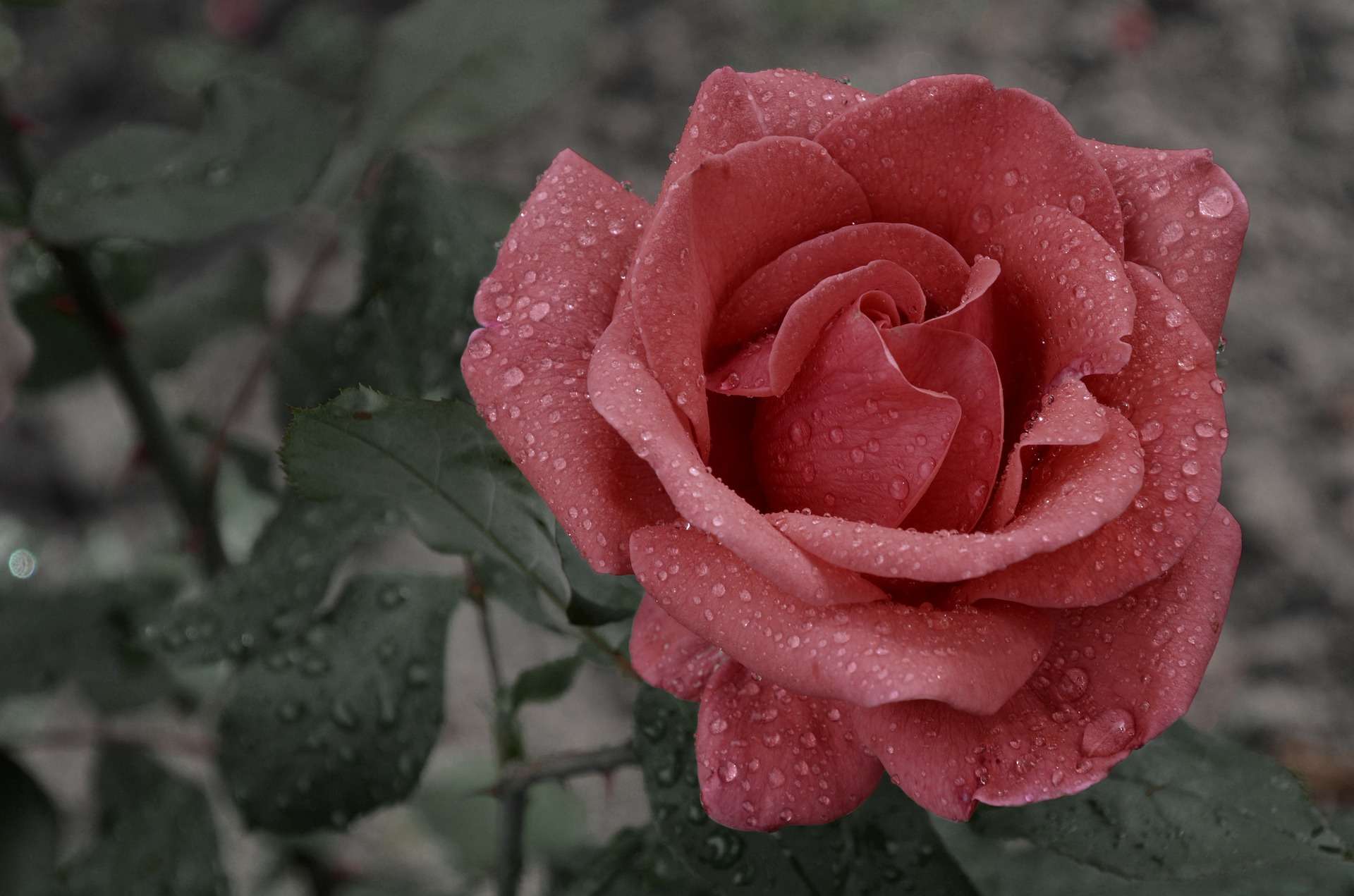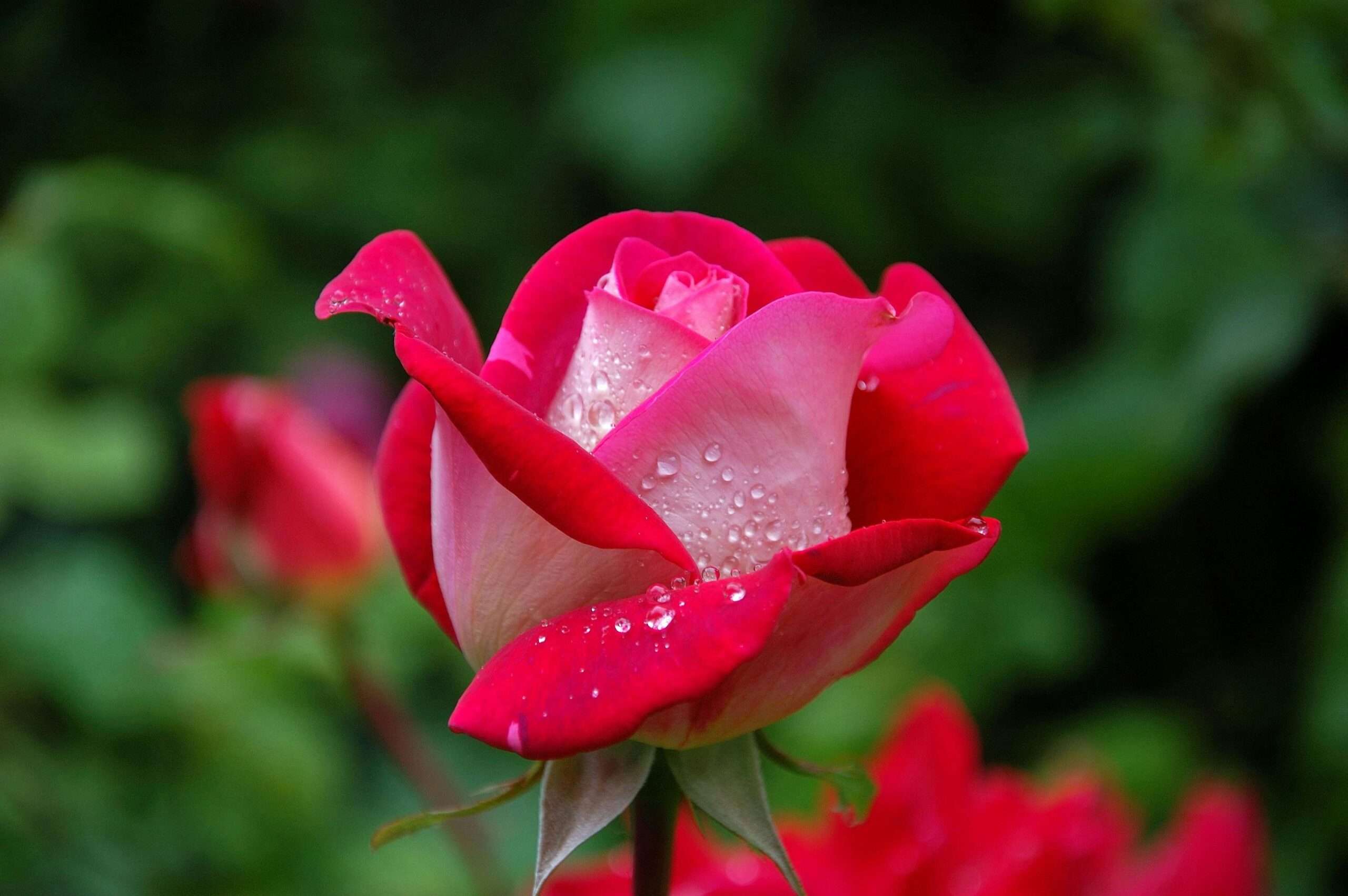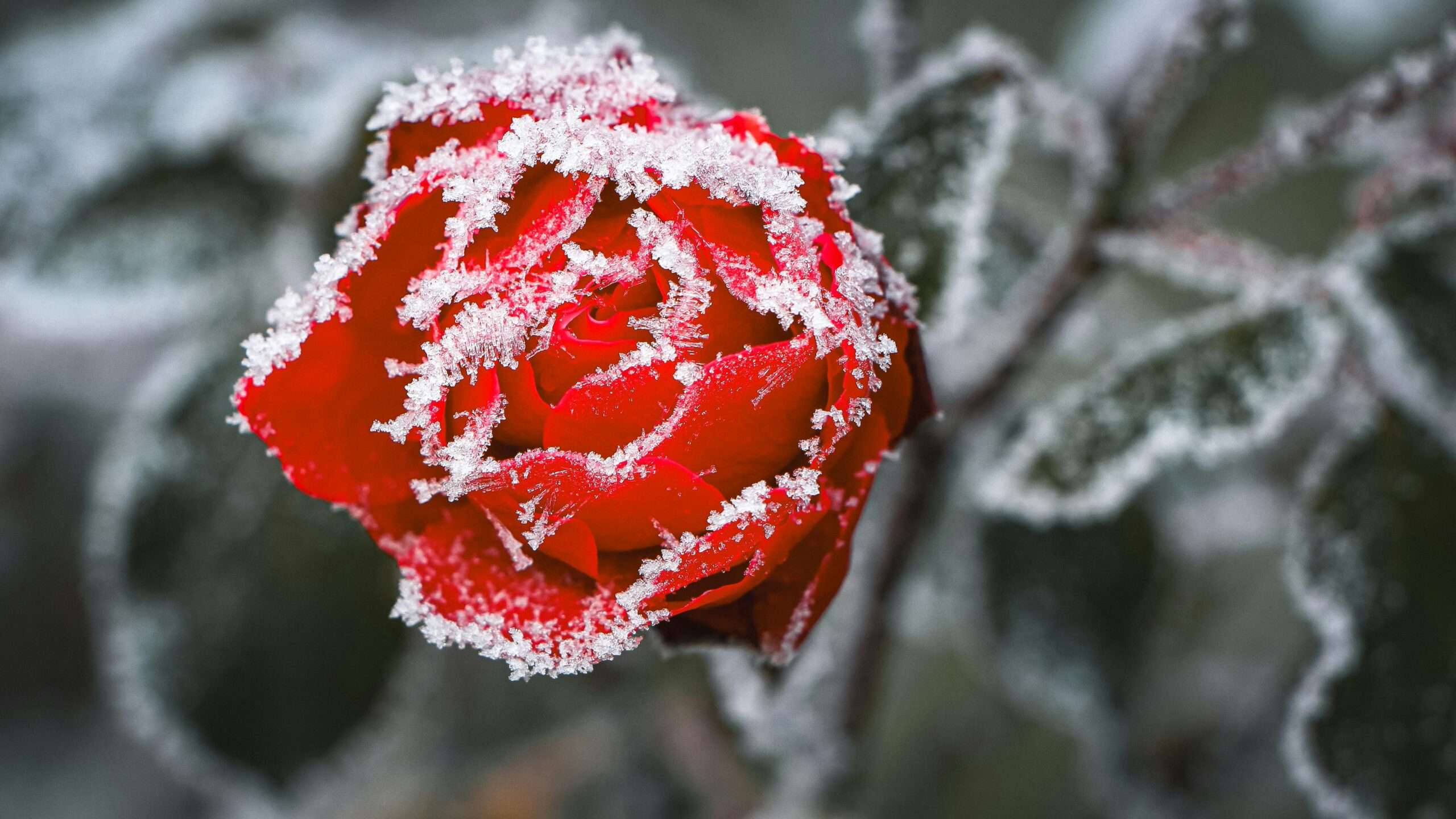Hey there, fellow garden enthusiast! Flower gardening isn’t just a hobby; it’s like a heartwarming journey filled with bursts of joy, occasional moments of “Oops, did I overwater that?”, and a whole lot of personal growth. Trust me, nurturing delicate blooms amidst nature’s whims is like a rollercoaster ride that leaves you smiling at the end. So, buckle up! This post is your guide to seven essential flower garden tips that will make your garden not just survive, but thrive, radiating beauty and, most importantly, joy.
Table of Contents
Understanding Your Garden Environment
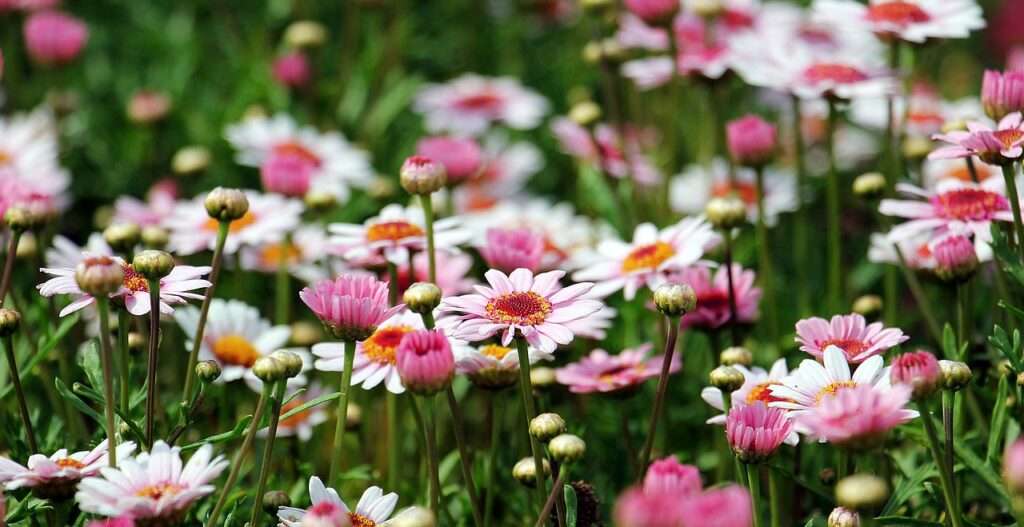
A garden’s success is like a relationship – you need to understand it inside and out. Soil, sunlight, and even those sneaky microclimates all play key roles in making your flowers happy. Let’s dive into the first of our flower garden tips.
Assessing Soil Quality
Think of soil as the foundation of your garden love affair. Rich, well-draining soil is like a cozy bed for your flowers, making the difference between a garden that thrives and one that merely survives. To assess your soil quality, grab a small sample and send it to a local extension service or use a home test kit. Knowing your soil’s pH and nutrient levels is like understanding your partner’s favorite pizza topping – crucial for harmony! Amend it with compost or manure, and voilà, you’ve got a fertile playground for your blooms. This is one of the most important flower garden tips for healthy plants.
Evaluating Sunlight Exposure
Sunlight is the lifeblood of your flowers, just like that morning coffee for us. Spend a day shadow-stalking your garden, noting which spots get full sun, partial shade, or full shade. With this intel, you can pick plants that will thrive in each spot. Sun-loving flowers like roses and daisies will be sunbathing happily, while ferns and hostas prefer the shady coolness, like a cat napping in the afternoon. Match your plant choices to their preferred light conditions, and you’re in for some robust growth and vibrant blooms! Remember this in your flower garden tips for choosing the right location.
Choosing the Right Flowers

Picking the right flowers for your garden can be as thrilling as picking toppings for your sundae – so many choices, all delicious! But let’s break it down: understanding perennials, annuals, and the charm of native plants.
Perennial vs. Annual Flowers – Flower Garden Tips
Perennial flowers are the old friends who come back year after year, bringing stability and reliability to your garden. They might take a bit longer to get comfy, but their loyalty is unmatched. On the flip side, annual flowers are like that one summer romance – they bloom gloriously for a single season, bringing bursts of color and energy before bidding adieu. Deciding between perennials and annuals is like choosing between a Netflix binge or a blockbuster movie – both are awesome, just depends on your mood! Use these flower garden tips to make the best choices for your garden.
Native Plants
Native plants are the hometown heroes of the plant world, well-adapted to your local climate and soil. They’re resilient, low-maintenance, and they throw epic parties for local wildlife, providing food and habitat for pollinators like bees and butterflies. Consider adding native species for a natural, sustainable landscape. Popular native flowers like coneflowers, black-eyed Susans, and butterfly weed are not just beautiful; they’re like the cool kids everyone wants to hang out with, enhancing your garden’s beauty and supporting the local ecosystem. Including native plants in your flower garden tips is a win-win.
Planting Techniques for Success
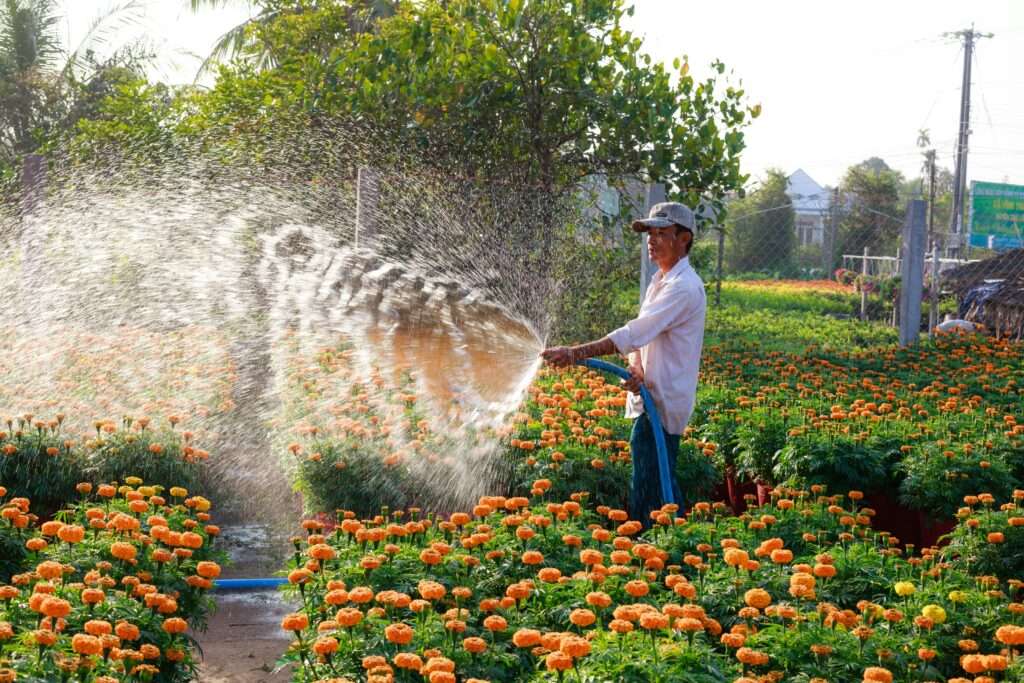
Getting your planting techniques right is like nailing the perfect pancake flip – crucial for success and oddly satisfying. Let’s talk spacing and planting depth, two vital flower garden tips.
Proper Spacing
Proper spacing between plants prevents that awkward overcrowding situation, allowing each flower to shine. Think of it like social distancing but for plants – essential for avoiding competition for resources and disease spread. As a general rule, space small flowers about six to twelve inches apart, medium flowers twelve to twenty-four inches apart, and large flowers at least twenty-four inches apart. This way, each plant gets enough sunlight, water, and nutrients, fostering healthy growth.
Correct Planting Depth
Planting flowers at the right depth is vital – it’s like tucking them into bed just right. Generally, plant flowers at the same depth they were in their nursery pots. Too deep and the roots may suffocate; too shallow and they might dry out. Pay attention to the planting instructions, as some flowers have specific needs. Avoid rookie mistakes like planting bulbs upside down or burying the crown of a plant, which can hinder growth and lead to rot. Your flowers will thank you!
Effective Watering Strategies
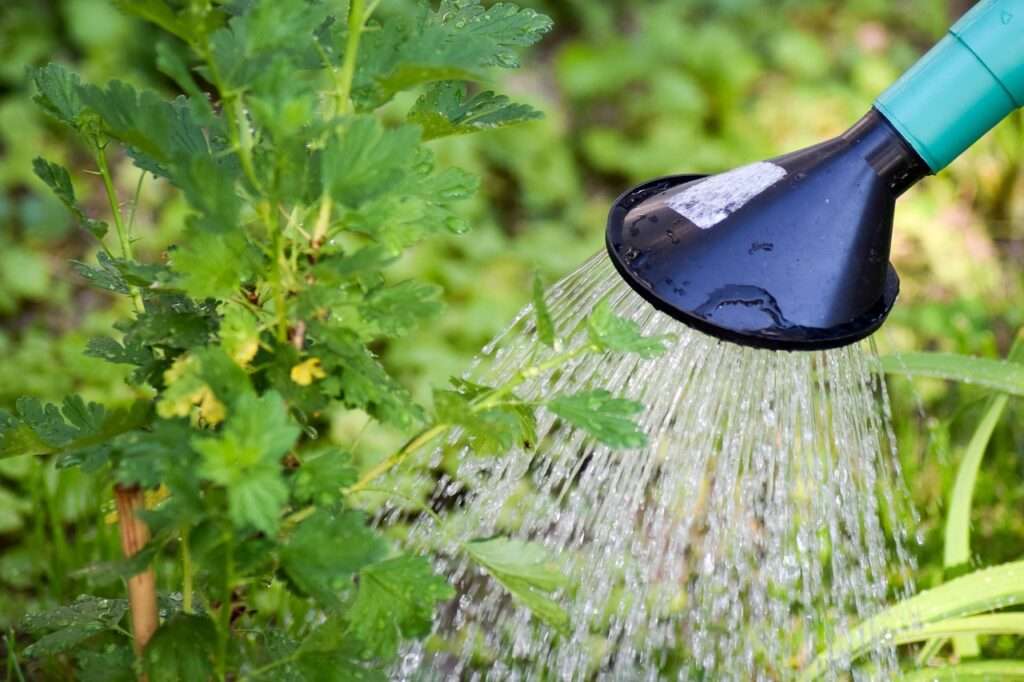
Watering is both an art and a science in gardening, much like making the perfect cup of tea. The right schedule and methods can make a huge difference. Here are some flower garden tips on watering.
Watering Schedule
The best time to water your flowers is early morning or late afternoon, when temperatures are cooler, reducing evaporation – much like enjoying ice cream before it melts! Most flowers need about an inch of water per week, but this can vary. Adjust your watering schedule based on rainfall and watch your plants for signs of over- or under-watering. It’s like tuning in to your favorite show – keep an eye on those cliffhangers! These flower garden tips will keep your garden hydrated.
Watering Methods – Flower Garden Tips
Different watering methods suit different needs, kind of like choosing between texting, calling, or face-timing. Drip irrigation is efficient, delivering water directly to the roots with minimal waste. Sprinklers can cover large areas but might lead to some water wastage. Hand watering allows for precision, ensuring each plant gets the right amount. Mix and match these methods to conserve water and keep your garden healthy and hydrated.
Fertilizing for Optimal Growth

Fertilizing is like giving your flowers a nutritious meal – essential for strong, vibrant growth. Understanding the types of fertilizers and how to apply them can make a world of difference.
Understanding Fertilizer Types
Fertilizers generally fall into two categories: natural (organic) and man-made (synthetic). Organic fertilizers, like compost and manure, release nutrients slowly and improve soil health over time. Synthetic fertilizers provide a quick nutrient boost but can lead to nutrient imbalances if overused. Choose your fertilizer based on your garden’s needs and your environmental philosophy, much like choosing between a salad and a smoothie – both are good, just depends on what you’re aiming for.
Application Techniques
Proper fertilizer application is key to avoiding nutrient burn and ensuring plants get consistent nourishment. Follow the recommended application rates and spread it evenly around the base of your plants. Avoid applying fertilizer during the hottest part of the day, as this can cause burns – think of it like sunburn but for plants. Regular feeding timed with the plants’ growth cycles promotes lush, healthy blooms.
Managing Pests and Diseases
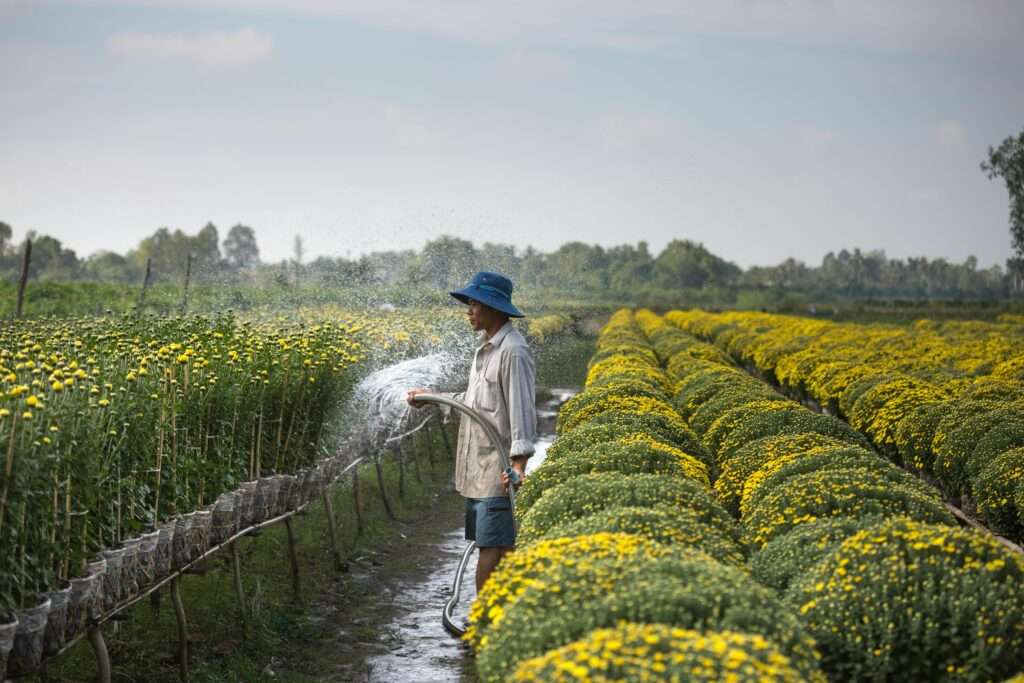
A flourishing garden can attract some unwanted guests. Identifying and managing these pests and diseases is crucial for keeping your plant babies healthy. Here are some flower garden tips on pest and disease management.
Common Flower Pests
Pests like aphids, slugs, and spider mites can be like uninvited party crashers. Keep a close eye on your plants, looking out for telltale signs of pests like nibbled leaves or sticky substances. Natural pest control methods, like introducing beneficial insects or using neem oil, can be effective. Chemical controls should be a last resort due to their potential impact on beneficial insects and the environment – think of it as calling in the bouncers only if necessary.
Preventing Diseases
Diseases like powdery mildew and root rot can be the villains in your garden story. To prevent these issues, practice good garden hygiene by removing dead or diseased plant material and avoiding overhead watering, which can spread fungal spores. Crop rotation and choosing disease-resistant plant varieties can also help keep your garden healthy, much like a balanced diet keeps us fit and strong.
Seasonal Care and Maintenance
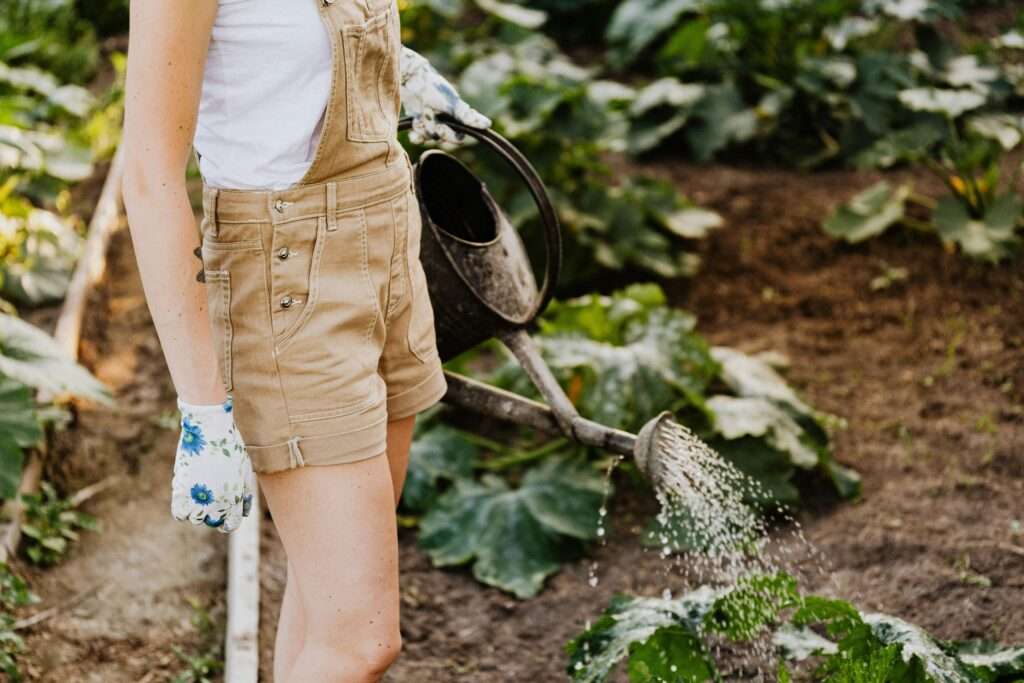
Gardening is a year-round commitment, like a long-term relationship. Seasonal care and maintenance ensure your garden remains vibrant and happy throughout the year.
Pruning and Deadheading
Pruning and deadheading are essential for encouraging new growth and prolonging the blooming season. Pruning involves cutting back overgrown or damaged branches to promote a more robust structure. Deadheading, the removal of spent flowers, directs the plant’s energy into producing more blooms instead of seeds. It’s like getting a fresh haircut – your garden looks tidy and feels rejuvenated.
Preparing for Winter
Winter can be tough on your garden, but with proper preparation, you can protect your plants from the cold. Mulching around the base of your plants helps insulate the roots, while covering delicate flowers with frost cloth can prevent damage from freezing temperatures. Think of it as bundling up with a cozy blanket – taking these steps ensures your garden is ready to bloom again in the spring.
Conclusion
In summary, understanding your garden environment, choosing the right flowers, employing effective planting techniques, and maintaining proper care are keys to a successful flower garden. These seven flower garden tips provide a roadmap to cultivating a garden that not only blooms beautifully but also brings you profound joy and satisfaction. Embrace the journey of flower gardening, and let your garden be a testament to the wonders of nature and the depth of your care. Happy gardening with these flower garden tips! Learn more About Us
How do I assess the quality of my garden soil?
Assessing the quality of your garden soil involves a bit more than just a cursory glance. First, procure a small sample of your soil. You can send this sample to a local extension service for a comprehensive analysis, or alternatively, you might opt for a home soil test kit. These tests will reveal the pH and nutrient levels of your soil. Should your soil be nutrient-deficient, you can enrich it with compost or manure, creating a fertile bed for your plants to flourish.
What is the best way to evaluate sunlight exposure in my garden?
Evaluating sunlight exposure in your garden requires some patience and observation. Spend an entire day tracking the movement of the sun and noting which areas receive full sun, partial shade, or full shade. This will provide invaluable insights into the light conditions of different parts of your garden. Understanding these light patterns is essential for selecting the right plants for each area. For instance, sun-loving plants like roses and daisies thrive in full sun, while shade-loving plants such as ferns and hostas prefer the cooler, shaded spots.
What are the differences between perennial and annual flowers?
Perennial flowers are the stalwarts of the garden, returning year after year and offering a sense of continuity and reliability. Although they take longer to establish, they provide long-term benefits and stability. On the flip side, annual flowers are the vibrant sprinters of the garden world, blooming magnificently for a single season before dying off. They inject a burst of color and vitality for that one growing season. Deciding between perennials and annuals hinges on whether you seek long-term investment or seasonal variety in your garden.
How should I water my garden to ensure optimal growth?
Watering your garden effectively is crucial for optimal growth. The ideal times to water are early in the morning or late in the afternoon, when temperatures are cooler and evaporation rates are lower. Generally, most flowers require about an inch of water per week, though this can vary based on the type of plant and local climate conditions. Adjust your watering schedule according to rainfall and keep an eye on your plants for signs of over- or under-watering. Employing drip irrigation, sprinklers, or hand watering can ensure your plants receive the right amount of hydration.
What are some effective methods for managing pests and diseases in my garden?
Managing pests and diseases in your garden demands vigilance and strategic action. Regularly inspect your plants for signs of pest infestation, such as nibbled leaves or sticky residues. Natural pest control methods include introducing beneficial insects like ladybugs or applying neem oil. To prevent diseases, practice good garden hygiene by removing dead or diseased plant material and avoiding overhead watering. Additionally, crop rotation and selecting disease-resistant plant varieties can help maintain a healthy garden. Chemical controls should be a last resort to minimize the impact on beneficial insects and the environment.
